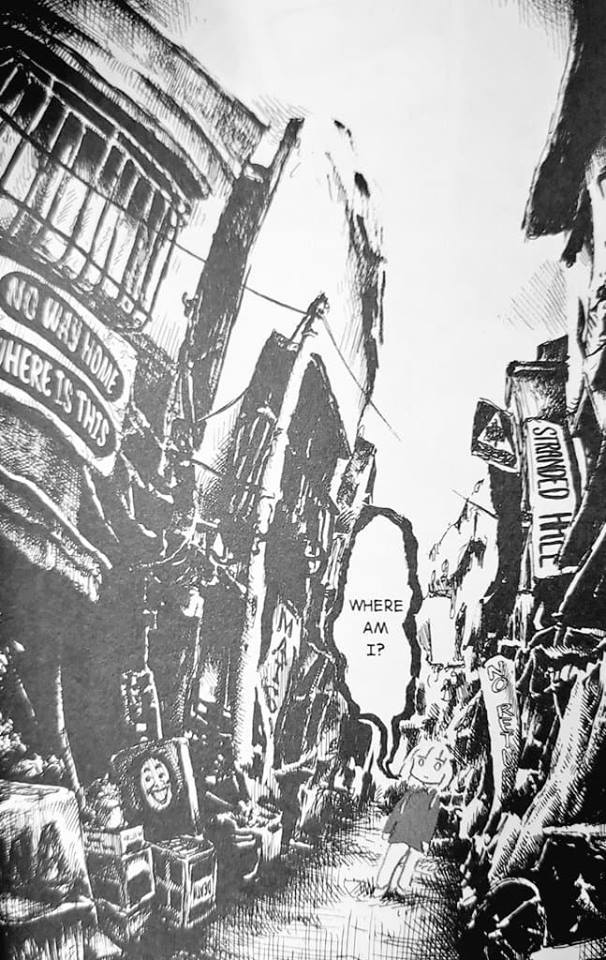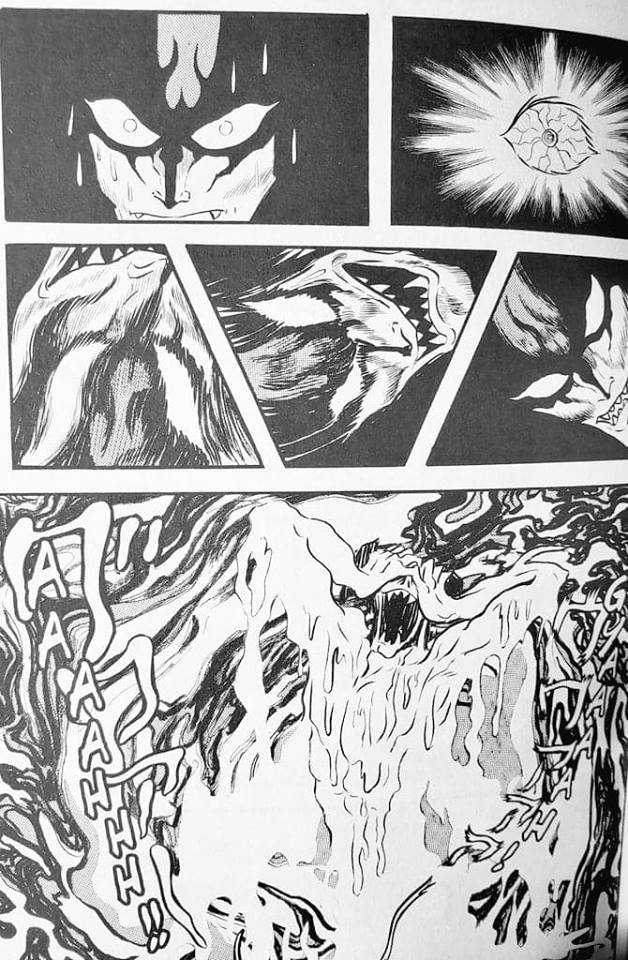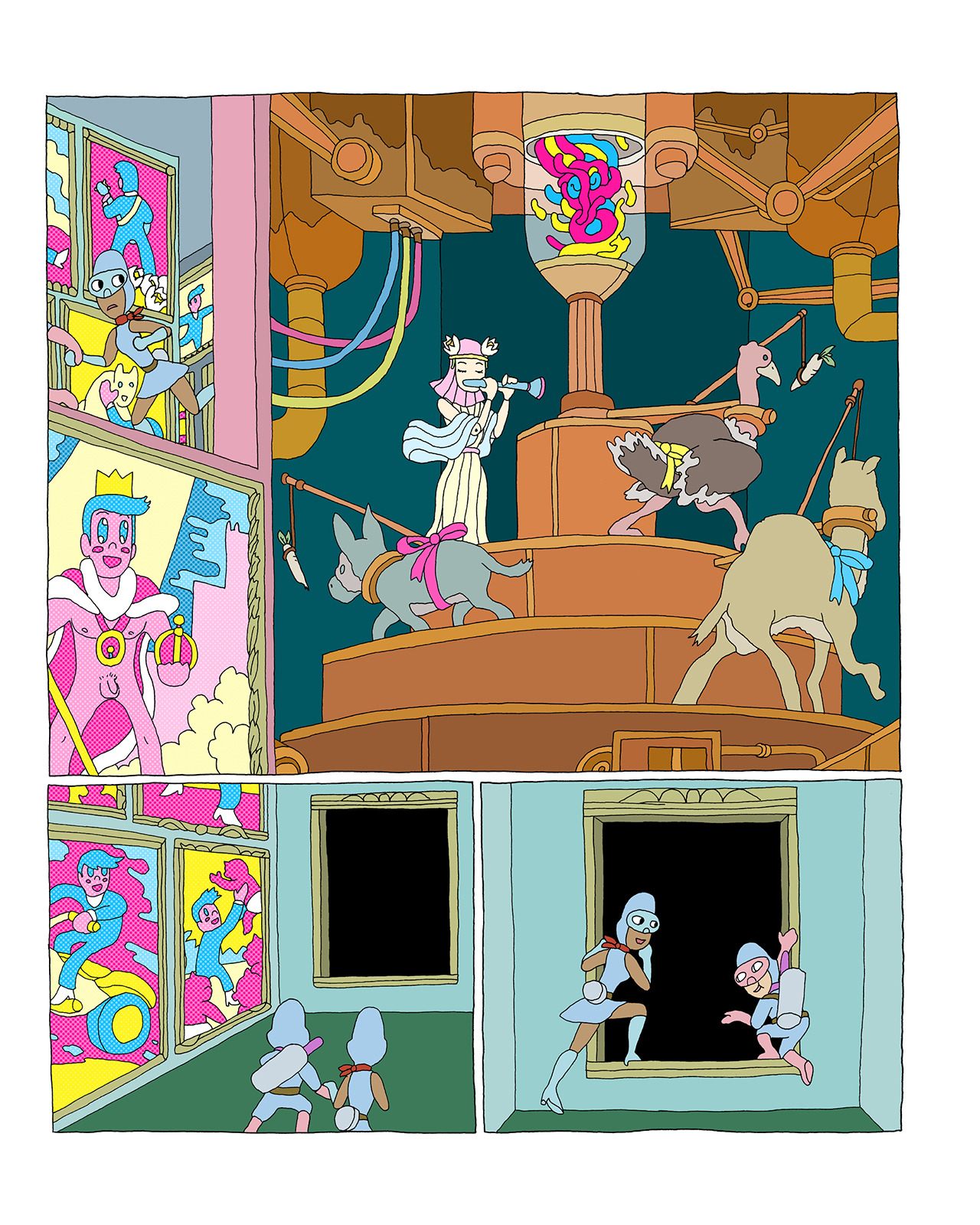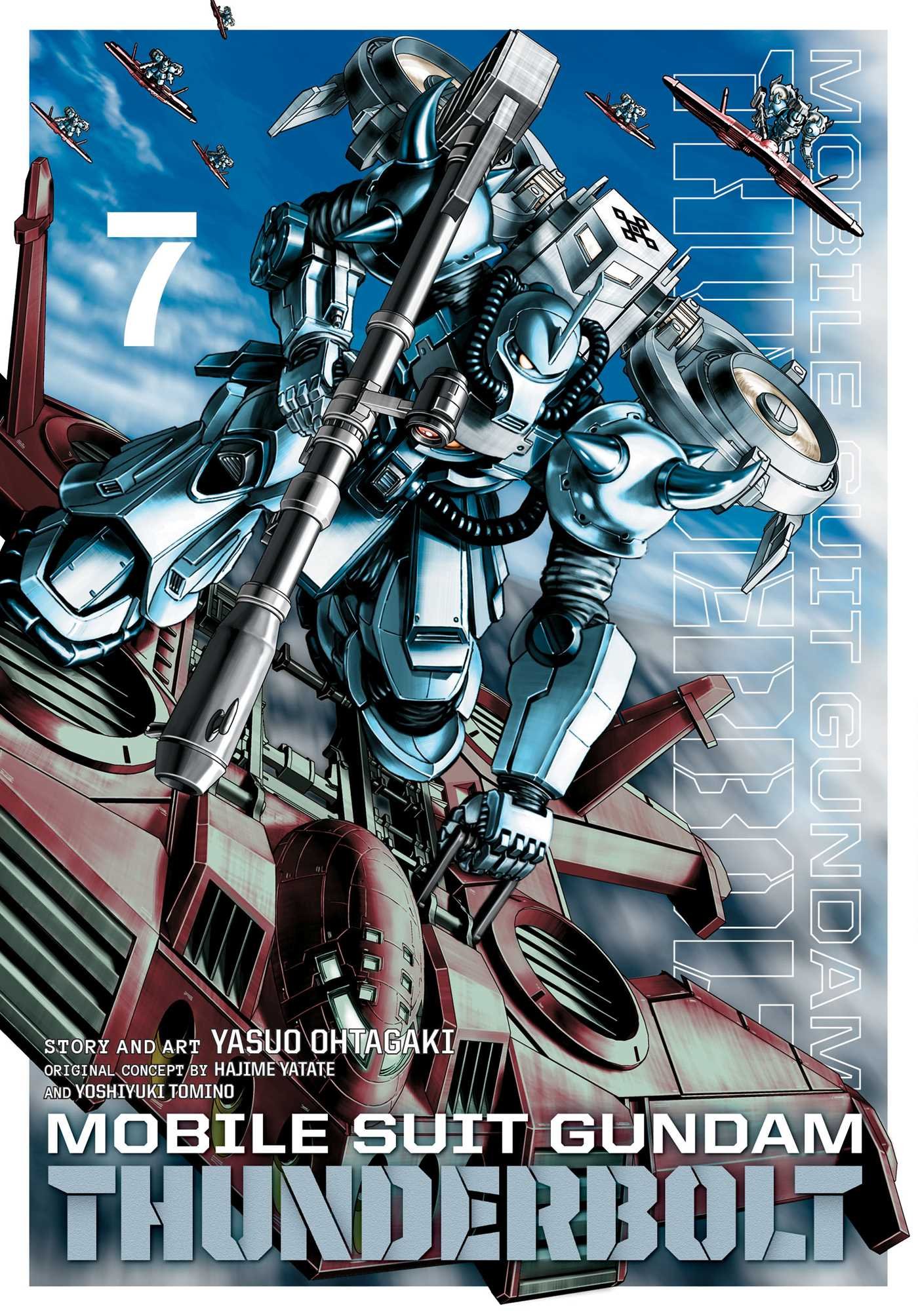Only one of these comics was made by an American, and it was the only book on this list that wasn’t published by an American publisher. All but one of these comics reprint material that came out earlier in other countries. Which I got some pushback to on twitter this week, but my approach is that these are the comics that were published in 2018 here where I live, in America; like I can look into the publication info on the book, and it says 2018, and within that framework they were the best ones that I read.
That last bit is always the biggest caveat. Especially as I mostly just read what I am interested in reading. Usually if I try to read books that others are hyping up, I just end up wasting hours of my life on books I lo-key hate. This is the best way I know how to do this sort of list, and it is the way that best represents 2018 for me in comics.
And, besides, for me, if you aren’t going to recognize a book in 2006 because it’s not been published legally in English, and then you aren’t going to talk about that book in 2018 because it’s a reprint--then you are really saying books that aren’t initially made in English, are never going to get talked about and never going to enter the canon. Including these books as they are legally published is the most correct and ethical approach to this problem. And if you say this invalidates this as a snapshot of 2018, I would disagree.
2018 to me was defined by these books. Like last year I think about Happiness, Goodnight Punpun, or the year before I think about Peplum by Blutch--it is a significant moment to get to read these books, in your hands, in a language you can understand, and if one wants to encourage more great works to arrive in one's native language, a good way I think is to recognize these books as they arrive for the importance they reside in.
2018 itself was the same old shit show within comics itself. A steady parade of men being shitty to kinda everyone, but especially women. So many of us get into this because we are excited about the medium, about reading comics, about making comics, about being a part of this--we get in with these pure intentions, and the landscape is just littered with all of these traps. These festering pustules of just human rottenness waiting for you to accidentally enter their orbit. 2018 was the year my trust in others in the industry broke. Which is an important moment in any young lady’s journey through comics.
But it was also a year where I had some really wonderful times. The BBQ that Bobsy of Mindless Ones threw after Thought Bubble was genuinely one of the most special moments I’ve had in comics. Good company, good food--a heady mixture of intelligence and kindness. Plus the food was perfect. It was one of those things were I was absolutely starving by the time we got there, and the food was perfect. When you are hungry and you get something tasty, it’s almost a spiritual experience. That I was able to spend a month in Europe surfing couches was entirely thanks to comics (shout out to Roque, MJ, Emma, Victoria, Ellen, Jung, Marcel, Alison and Kaveh!).
And through my own comics, I’ve been able to meet or hear from so many interesting people I wouldn’t ordinarily get to. I get some of the most interesting emails in my inbox about all manner of things. So there’s that kind of yin and yang of comics. It’s terrible, but also I need it, and it’s good too.
So with that in mind, these are the actual comics, well the 10 best--these are the comics that kept the fires going in 2018:
10. Haikyu! By Haruichi Furudate (Viz)
A huge chunk of Haikyu Comics by Haruichi Furudate came out this year. If you watched the anime first, the chunk this year is the first part that is after where the Anime’s last season was. Starting at Vol. 22 I think. While I think the Anime gets the sports action down better, and there are some times where it is a little confusing what is happening on the page, it’s worth it for the little characterizing details Furudate draws. Like take the panel up there. You have the impact of Hinata’s spike mirroring his own hair, the “FWIF” sound of Tobio’s set, and then Tobio’s surprised eyes all saying to you “WHOA”--it’s good fun. And Furudate is great at balancing what at this point is a cast that must be getting close to 60 or 70. Watching Hinata be the ball boy at a camp he crashed, and start evolving as a player was really riveting stuff, as was Tobio taking back his crown as king of the court, but in a way that the rest of Karasuno could understand and work with. If you’d like to dip your toes into a nice slice of life sports manga, that while not super heavy, still makes you care a lot for what is going on in the page, this is a wonderful series to track.
9. An Invitation from a Crab by Panpanya (Denpa)
This collection of stories from Panpanya have a quality that can best be described as elusive. It’s like trying to grab at a wisp of smoke and as your hand begins to grip it, it flits from your grasp into nothingness. Graphically it does that tried and true thing of putting cartoonish figures over heavily rendered backgrounds, which literally always works on me. I love the way Panpanya creates these bendy warpy neighborhoods, and the pleasant nature of our large headed Avatar and her friends the kinda dog thing, the guy with the thing on his head, and the other woman. The best story here involves this character missing her train stop and in alarm getting off the train without her body. She wanders around a strange slightly off dimension lost until someone tells her she is a ghost. So they give her a stick and a bun and tell her to go to this one area where they can summon other ghosts and find out what the deal is. They then determine that she’s an astral projection from her body, so they take her back to the train station lost and found to find her body which is this creepy husk thing that she has to put on before going back on her way. That’s the kind of story you get one after another in this collection. I would say it is a book about perception, objects, places and being mindful of all of these strange things to the point of abstraction. A book as fascinating narratively as it is virtuoso graphically.
8. Die Laughing by Andre Franquin (Fantagraphics)
Die Laughing is a collection of dark humored one pagers from comics master Andre Franquin. It’s really stunny what he can do with hatching and shadow in this book, and I love his spindly limbed pear people. It’s kind of sad how much of the concerns of this book, which contains work that is like...several decades old, are still relevant. Franquin was screaming about the planet decades ago, and now we, living deeper in the fire, can read those screams in english, and really feel the idiocy of our present doom underscored. Humanity has not improved much if at all since Franquin made these comics. At this point our laughter is a scream is laughter. We’re really screwed. Pretty comics though.
7. Happiness by Shuzo Oshimi (Kodansha Comics)
Happiness by Shuzo Oshimi was one of my books of last year, if not my book of the year last year. It drops down my list this year because most of the year was a very slow section of the story based around a weird blood cult (which sounds more exciting than it is--really this is kind of a handbrake section of Happiness, similar to that chunk of Flowers of Evil where things time skip and then slow way down for a few books). The most recent volume finally paid off on the Cult with the horrific imagery I get up every day for. Oshimi has with Happiness made himself into a truly stunning artist. Where before he was an artist who knew how to nail the climax artistically, now he’s doing this book where every page is pretty amazing. He’s on twitter as well, if you want to see lots of cool sketches. As with any Oshimi work, you read his books faster than most. His work forces a kind of breathlessness while reading, you turn the pages so fast that sometimes you forget to breathe, and so while you blow through his books faster than normal comics, you feel the physical toll of them more than other books. But this and the number 1 comic on my list are the two comics that when I get them in the mail I get the most excited for. I don’t know if I’d say Oshimi would be top five favorite artists for me, but his comics are probably my favorite, I feel like he has the juice right now and is just dropping amazing comic after amazing comic. And his art just keeps getting more and more compelling. Now if only we could get a better more mature translation of Flowers of Evil that doesn’t include the word “Shitbug”....
6. Inside Mari by Shuzo Oshimi (Denpa)
A second comic from Shuzo Oshimi started up this year: the print release of Inside Mari from Denpa comics. This is actually an earlier comic of Oshimi’s than Happiness, and was at one point available digitally on crunchyroll. But I’m a print snob(thus why this list doesn’t include Grappler Baki), so this is newwww to me. Inside Mari is a gender/body swap comic about this guy ending up in the body of this high school girl he stalks and then trying to come to terms with all that entails. It’s Shuzo Oshimi so you know it won’t be that straight forward. I’m really interested to see what Oshimi does with a story that is basically a good chunk of the kind of thing you would have read on Fictionmania back in the day. I should do a gender swap/body swap comic someday. I mean Oshimi has this. Almodovar did a whole movie that was one. I need to get in there before the subgenre gets too legitimate. This will almost certainly end up on my end of the year list next year too.
5. Devilman by Go Nagai (Seven Seas Entertainment)
Seven Seas brought us two glorious volumes collecting the classic Devilman run from Go Nagai this year. Apocalyptic, inky, and meme-worthy. The story lags a bit in parts, but the parts that work are of such high quality that it deserves its spot on the list, and the end has lost none of its potency. A truly seminal work of apocalyptic literature reproduced and released for an era in which it has lost none of its relevance.
4. Soft X-Ray Mindhunters by A. Degen (Koyama)
Strange, sad, beautiful, defiant...book of the summer. The best time I had reading a comic this year was when I plopped A. Degen’s Soft X-Ray Mindhunters across my lap after getting back from TCAF. The ideaspeed of the book is pretty insane, but I remember being struck by the elegiac tone. I know one of the reasons that people have been hyped on that Sabrina comic this year has to do with how “now” it is, but where I thought that book did a poor job of describing what is going on now, Soft X-Ray Mindhunters was more a book describing a painful opposition to now. Truly an experience.
3. Mort Cinder by Hector Oesterheld and Alberto Breccia (Fantagraphics)
One of the truly momentous artists to be ignored by english audiences in recent times is Alberto Breccia. Someone on par with the giants like Kirby or Tezuka. Fantagraphics sought to fix that this year, by bringing out Mort Cinder for its english language debut. I wrote at length about this book here. This is also the second major work from Hector Oesterheld to make it into english in the last two years, there’s a wonderful write up on his contribution over at TCJ. You can read my extended thoughts on the book here. It’s a good one.
2. Mobile Suit Gundam: Thunderbolt by Yasuo Ohtagaki (Viz)
At times lurid, at times deeply nihilistic, and at times breath stealing--there’s not a book that I rip through every few months with more eagerness than Mobile Suit Gundam: Thunderbolt by Yasuo Ohtagaki. Even if you never seen or read anything about Gundam before, this series still works and can stand toe to toe with Gundam the Origin by one of the true masters of comics Yoshikazu Yasuhiko. Functionally it is an interrogation of the role of the ace within the context of the trauma of war. It is about the ways humans find to express themselves within the medium of war, when everything else has been taken away and destroyed. I think it is also the first series I’ve read where one of the main protagonists for a Gundam series is a quadruple amputee.
But even more than that, it has some of the best giant robot fights I’ve seen in comics. Which is important too. And were it not for a collection of one of the great works of Nihei dropping in the final weeks of the year, it would have been my comic of the year. Read more of my thoughts here.
1. Abara by Tsutomu Nihei (Viz)
I’m glad I held off until the last few weeks of 2018 to finish with my list, because this deluxe collection of Tsutomu Nihei’s masterpiece Abara dropped on my porch about as late as you can get. This is the debut in english of work that was done in the early 2000s and it is all collected in an huge edition ala the Blame! Master editions. It also includes the Digimortal short. And while I think Blame! Is narratively heavier; with Abara, Nihei gives his version of a kind of Kaiju/Kaimen Raider kind of comic where human bodies explode into these skeletoned razor edged knights to fight giant blobs of bone and muscle called white guana. It of course all comes within a glob of barely explained history that is at the end of its dusty excess--a world like many of Nihei’s that lives at a final nexus of occult, political, and post-human forces. Q Hayashida was an assistant on this book, which you can feel her dirty textures coughing through the thing. For me, Abara represents the artistic highpoint of Nihei so far. And seeing as he is one of my favorite artists, it is impossible not to have this as my best book of the year. This is a major work beautifully presented. Though I would say Thunderbolt is more complex narratively, and Ohtagaki has more interesting characters who can interact with each other in believable ways--but then that’s not what you show up for a Nihei book for. This is jagged edge fuck you comics in epic spread excellence. There’s no one who made it seem bigger on the page, no matter how big or small the page is.























